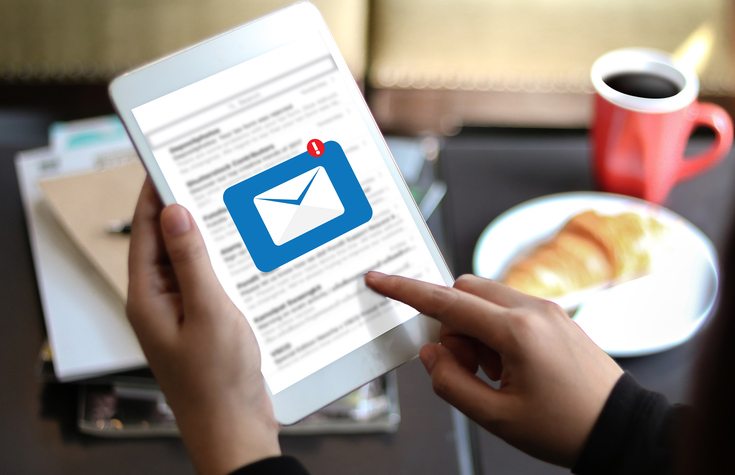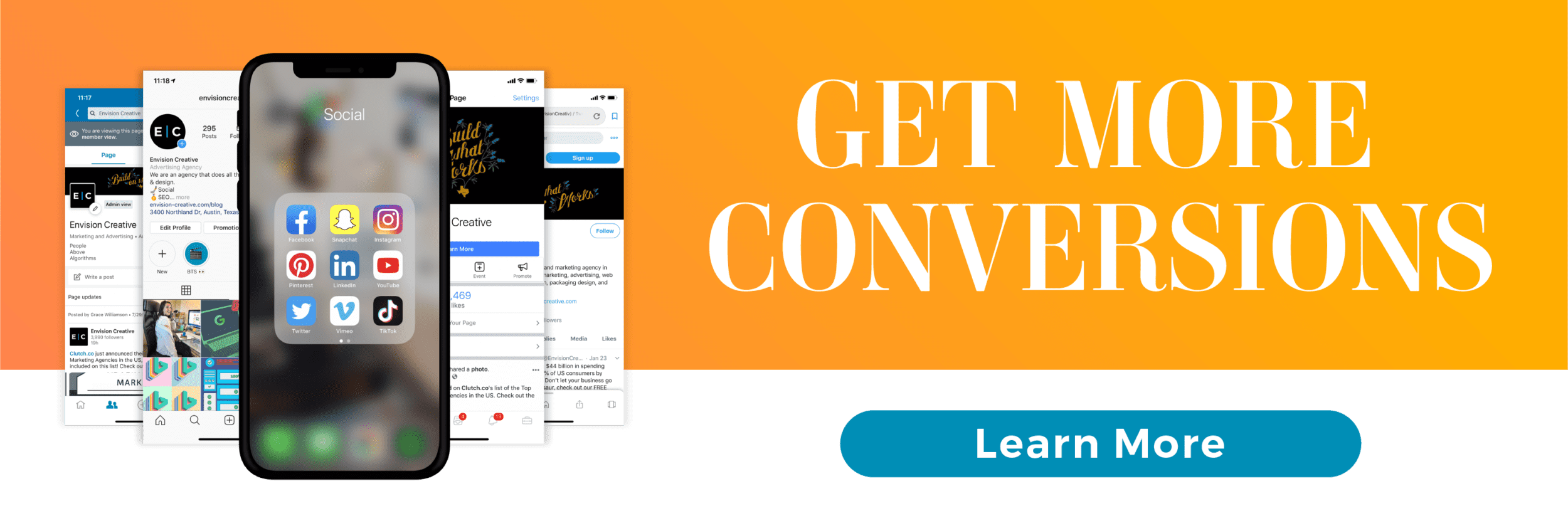There is incredible potential for a well-executed email drip campaign. Companies who master drip campaigns produce 80% more sales at a lower cost. Whether you’re looking to nurture, up-sell, or educate, drip campaign emails generate click-through rates that are three times higher than single emails.
Why are drip campaigns so successful? Because they free up more time for the marketer or business owner, help to build brand awareness and credibility and establish an on-going relationship with leads that provides sales opportunities. If you haven’t already taken advantage of drip campaigns now is the time to start. The question is, where do you start and what are best practices? Don’t worry; we’ve compiled a list of the seven most essential elements needed to make a drip campaign successful.
1. Don’t Start from Scratch
Why start with nothing when you can follow in the footsteps of highly successful drip campaigns? It’s necessary to build the drip campaign yourself to get a thorough understanding of the process, flow, and deliverables, but a lot of the groundwork has already been laid by well-known marketers and agencies.
Where to start:
- Competitors – Find competitors with an exceptional marketing department and subscribe to their email list. You don’t have to actually purchase anything to get in their drip campaign, just make sure to enter and submit your email on a landing or purchase page. Within 3-5 days you should begin receiving a drip campaign. Take notes on customization, writing, tone, design, and organization. Everyone is different and chances are you’ll learn something that will benefit your own drip campaigns.
- Online Research – A quick Google search will reveal as many drip campaign examples as your heart desires. Make sure you’re looking at newer campaigns. You don’t want to start your drip campaign based on strategies and email techniques that stopped working five years ago.
2. Choose a Campaign Type
Once you’ve researched drip campaigns and found the elements that you want to incorporate into your own campaign, it’s time to determine the type of drip campaign you want to build:
- Engagement – Use these to encourage your leads to interact with your company or brand sales process.
- Re-engagement – Target leads that have gone cold with the intention of making them warm again.
- Educational – Share information on your services or products that provides value to leads and helps them make a purchasing decision.
- Promotional – Special offers, discounts, and promotions that will entice leads to make a purchase.
- Competitive – Compare your products, services, and organization to the competition by highlighting your strengths and their weaknesses.
- Training – Provide guidance and direction to new customers on their service or product, and to employees on training methods.
Now you’re ready to map out your drip campaign along with supporting marketing materials, such as landing pages, ads, and social content. Decide how leads will enter your email funnel by submitting their contact information, then choose the number of emails in your campaign and determine the sequence they will be delivered in.
3. Create Multiple Versions
It’s impossible to know if you’ve built a good drip campaign if you only have one campaign running. Create at least two variations of the same campaign so you can make a side-by-side comparison and adjust accordingly.
Here are a few elements you’ll want to test:
- Length – Short-form content is easy to consume but doesn’t contain as much information. Long-form content can discourage leads from reading the email but can present more thorough data.
- Content – Images, videos, reviews, case studies, and more are just a sampling of the content options you can test on your leads.
- Promotions – To be salesy or not to be salesy is the question. Some leads don’t mind direct promotions when they trust the brand, but newer leads sometimes feel they are being spammed. Be cautious and avoid sounding pushy.
- Design – Good design should complement and enhance the quality of your email content, not distract from it.
4. Inform Your Leads
What do your leads want to see, hear or read about your products or services? Every piece of content you include in your email drip campaign should appeal to your prospects.
One of the biggest mistakes marketers make is to create content that is only from their perspective. This almost always comes across as a sales pitch. Leads will opt-out of your drip campaign on the first email if they feel like you’re only trying to sell to them.
The key is to inform and educate. Find out what value your prospects perceive in your organization and then use insider knowledge to build credibility through exceptional content. Avoid sending direct promotions in the first email unless you’re offering something for free. This will encourage leads to keep opening your emails while demonstrating that you value them as a prospective customer.
5. Campaign Frequency
How many emails should you send and how often should you send them? You want to send enough that leads don’t forget you and look forward to your content, but not enough that they become annoyed and opt-out. The highest open rate in a drip campaign is the first email. That means your first email needs to be great.
If you can make an impression with the first email, the second email should follow within a week. Research shows that the remaining emails in your drip campaign perform best when spaced approximately two weeks apart. While that may be true for the majority of drip campaigns it’s always a good idea to test your own campaign frequency.
6. Build Curiosity
This is a great way to hook your audience and keep them opening your emails. Let them know that something great will be delivered to their inbox soon. This is usually a promotion or offer of some type. Share some benefits and detail the value of the promotion to build anticipation.
There’s only one thing people love more than having their curiosity peaked and that’s discovering the cause of their curiosity. Be mindful of the language you use when building anticipation. You don’t want to overpromise and leave prospects disappointed. Always strive to exceed expectations.
7. Include a Call to Action
This is crucial. If you don’t provide a call to action in your drip campaign you’ll never see a return on your investment. Sure, your emails might build some brand awareness, but chances are no one is going to voluntarily look you up without being prompted.
Keep your call to action short and sweet. Provide just enough to create a sense urgency and make the action clear. It needs to stand out among all the other content.
Effective drip campaigns are persistent but not pushy. Find the right balance of content, tone, frequency, and promotions to see your conversions increase and your opt-outs decrease.
-FINAL(01-00)-White&Blue-01.svg)





